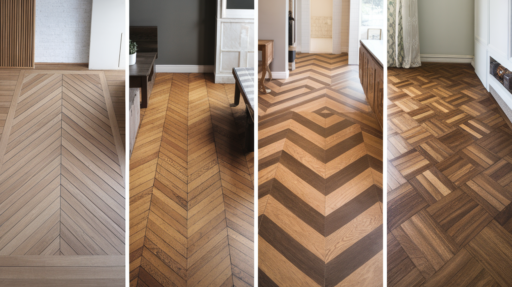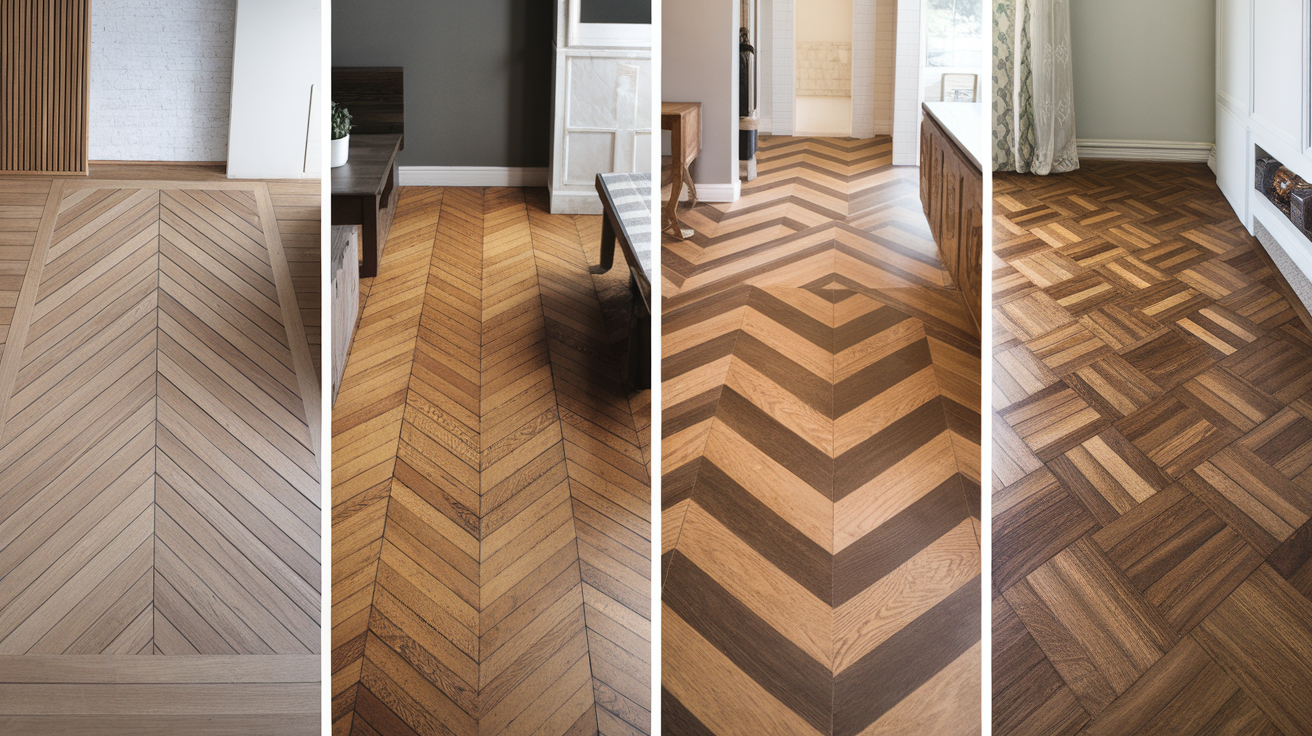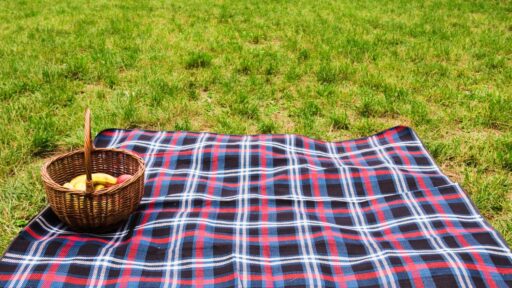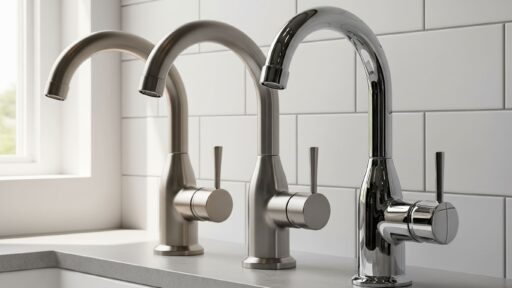Changing the way your floors look doesn’t mean you need to start from scratch. Sometimes, it just takes the right pattern to make a space feel fresh and new.
Wood flooring comes in more than one style – there are patterns that can add energy, make a room feel bigger, or give it a more cozy and simple feel.
I’ve put together a list of wood floor patterns that can help you see what’s possible.
If you like clean lines, something with more detail, or a bold design, there’s an option that fits your space and your style.
You don’t need to be an expert to get inspired.
My goal is to help you picture what might work in your home and feel good about your next step. These ideas are here to guide you and make choosing a pattern easier, not harder.
Let’s see what fits your space best.
Why Pattern Matters in Wood Flooring
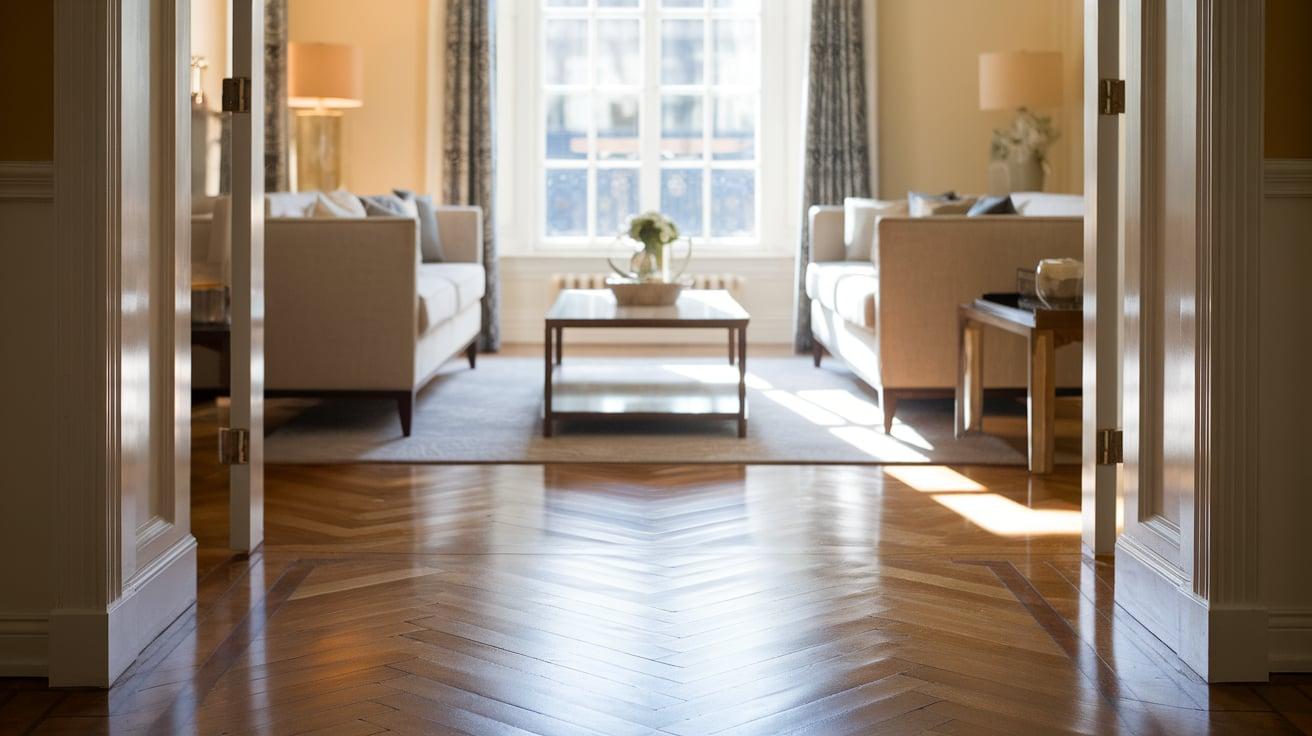
The way wood is laid on the floor can change how a room feels. It’s not just about color or type of wood, but the pattern plays a big role too.
Some patterns can make a small room feel bigger, while others add texture or a strong visual style. That’s why picking the right one makes a big difference.
A simple layout can make a room feel calm and open. A bold pattern can bring focus and detail to a space.
Some patterns work better in formal rooms, while others feel more relaxed and easygoing.
You’ll also want to think about how the pattern fits with your furniture, wall color, and how much light comes into the room.
It’s not just about looks- it’s also about how everything works together.
When the pattern matches your space and how you use it, the whole room just feels right.
Wood Flooring Patterns Ideas to Refresh Your Space
There’s more than one way to lay down wood floors. The pattern you choose can shape the mood of the room, make it feel larger or cozier, and even set the tone for your whole home.
1. Straight Lay
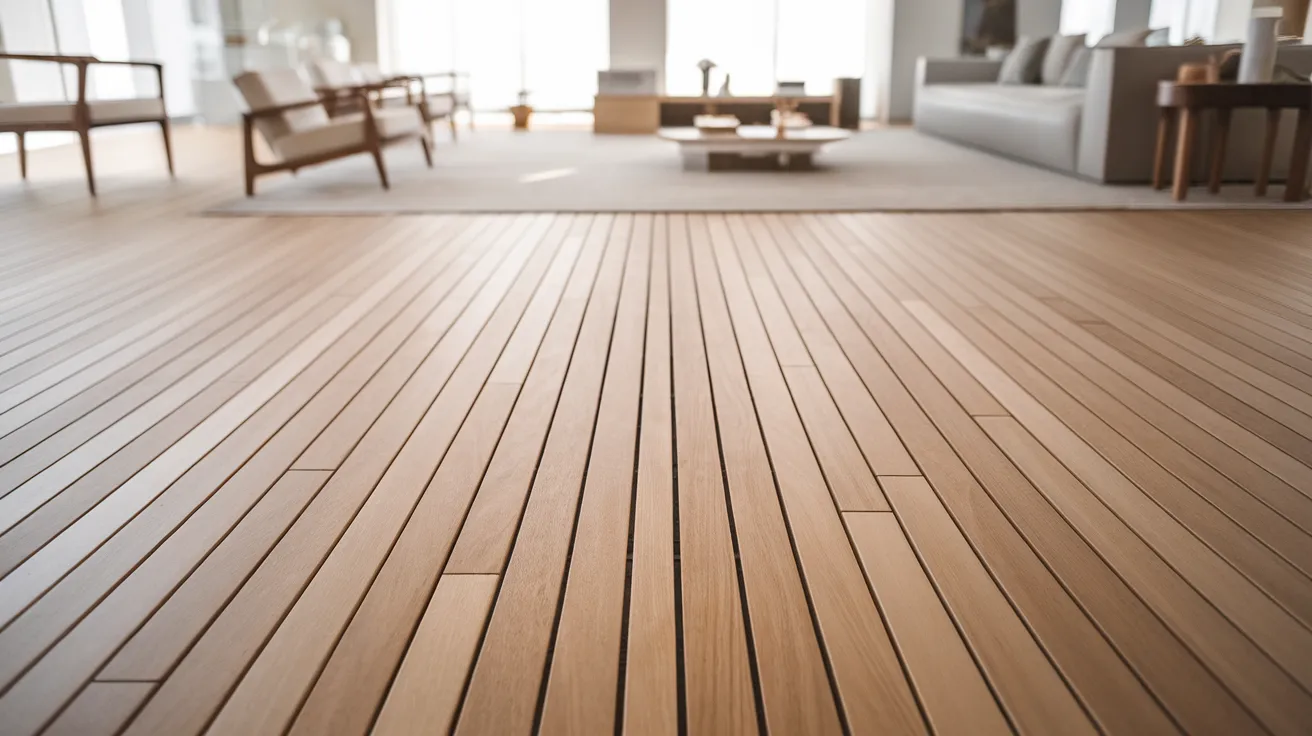
Straight lay is the most common way to install wood floors. In this pattern, the boards are placed side by side in the same direction across the room.
It gives a clean, simple look that works well in any room, big or small. This style is easy to install and also budget-friendly.
It doesn’t draw too much attention, so the rest of the room can shine. If you want a classic, no-fuss floor that still looks neat and put together, straight lay is a great place to start.
2. Diagonal

In the diagonal pattern, wood planks are laid at a slant, usually at a 45-degree angle. This makes the room feel wider and more open, especially in smaller spaces.
It also adds a little bit of style without being too bold. Diagonal flooring takes more time and planning, but it can really change the way a room feels.
If you’re looking for something a bit different but still simple, diagonal might be the way to go. It works well in hallways, bedrooms, or any space where you want a fresh look.
3. Herringbone
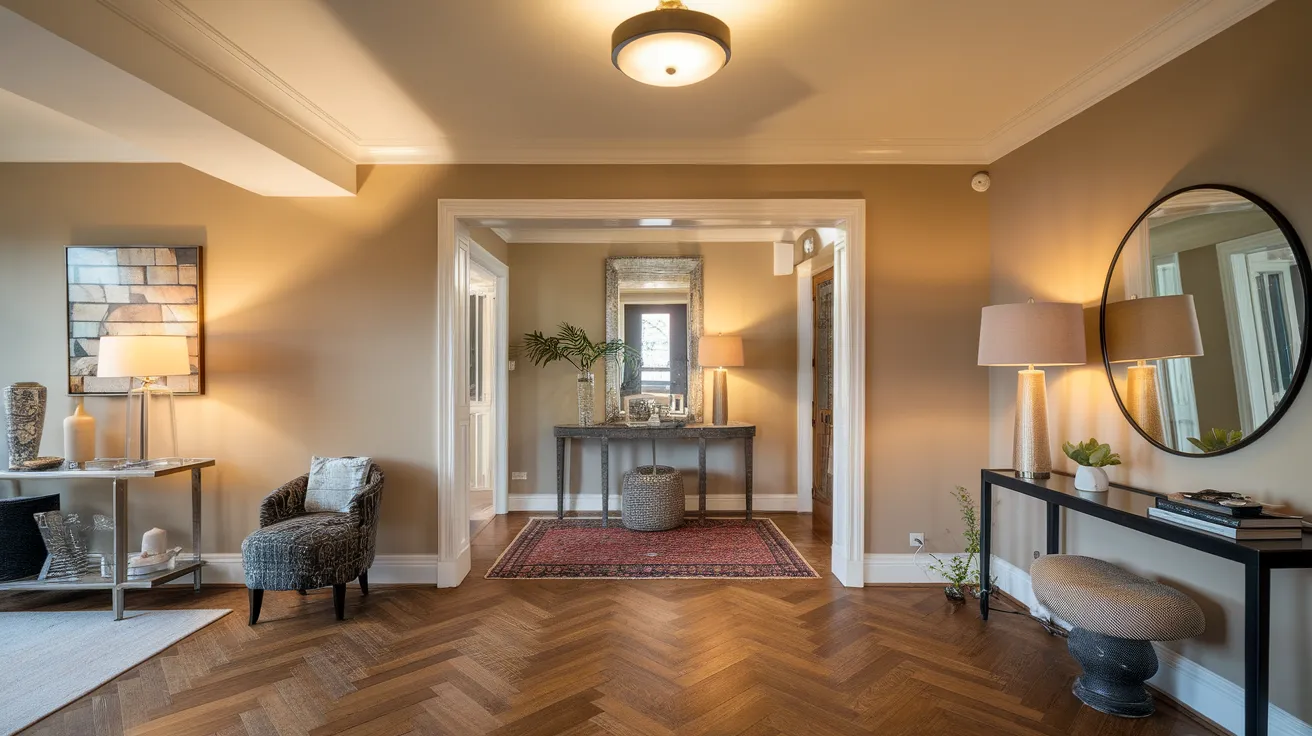
Herringbone is a pattern where short boards are laid in a zigzag shape. Each piece meets another at a right angle, making a V-like design.
This pattern is great for larger rooms or areas you want to stand out, like an entryway or dining room. It looks neat and stylish without being too fancy.
While it takes a bit more effort to install, the final look is worth it. Herringbone floors bring movement and detail to a space, and they work with both modern and classic home styles.
4. Chevron

Chevron flooring is similar to herringbone but with a sharper look. The ends of each board are cut at an angle so they form a perfect point when they meet.
This makes a clean, repeating V pattern that feels modern and smooth. Chevron adds a lot of visual interest and works best in open rooms where the pattern can really shine.
It takes careful measuring and cutting, so it’s a bit more advanced. If you want a stylish floor that stands out without being too loud, chevron is a solid choice.
5. Parquet

Parquet flooring is made by arranging small pieces of wood in repeating square or geometric shapes.
It has a classic, elegant look and is often found in older or more formal homes. Parquet adds a decorative feel to any space and can be a beautiful choice for dining rooms, studies, or sitting areas.
The pattern can be simple or detailed, depending on what you like. While parquet floors do take time to install, they offer a special look that you won’t find with standard layouts.
It’s a great option for rooms you want to feel unique.
6. Basket Weave
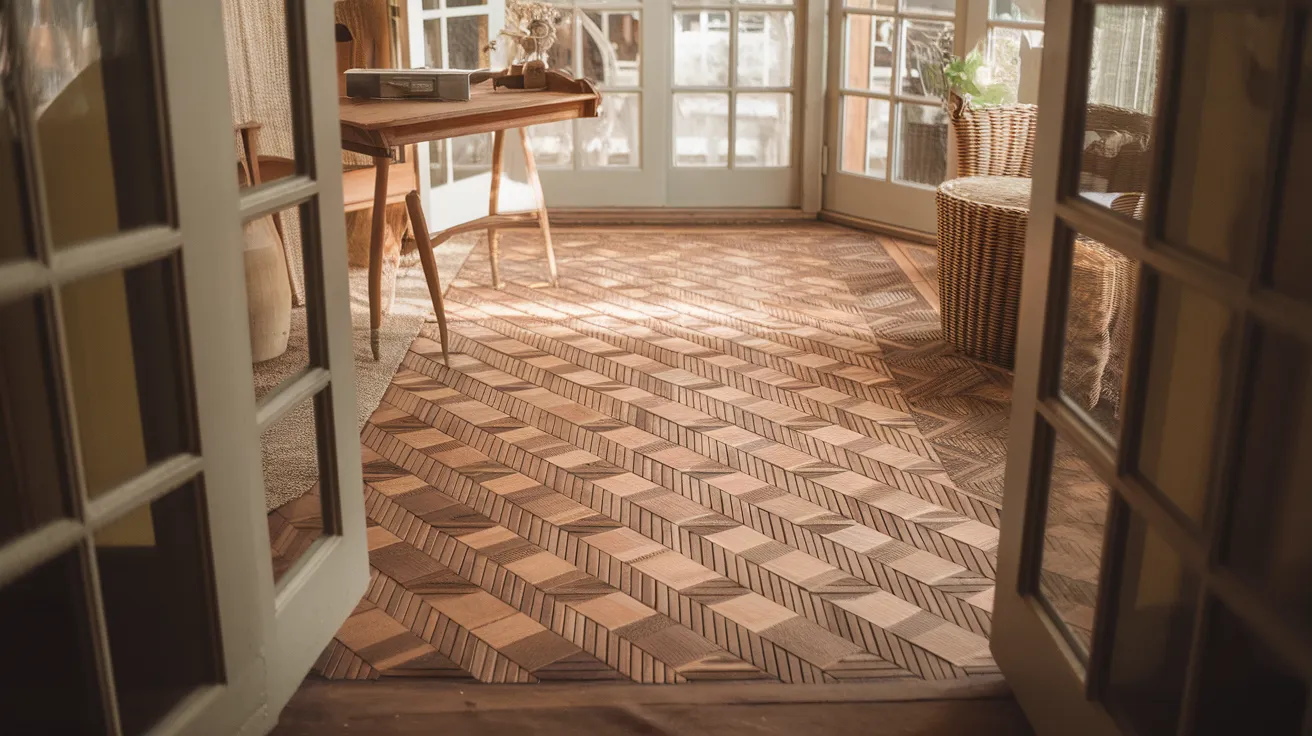
Basket weave is a pattern that looks like woven fabric. Wood planks are grouped in small blocks that appear to cross over and under each other.
It gives a soft, detailed look that feels cozy and vintage. Basket weave works well in small rooms or square spaces like a home office or breakfast nook.
It can add interest without being too busy. This pattern is a little more involved to install, but the end result is worth it. It brings warmth and character to any space that needs a bit of texture.
7. Random Width
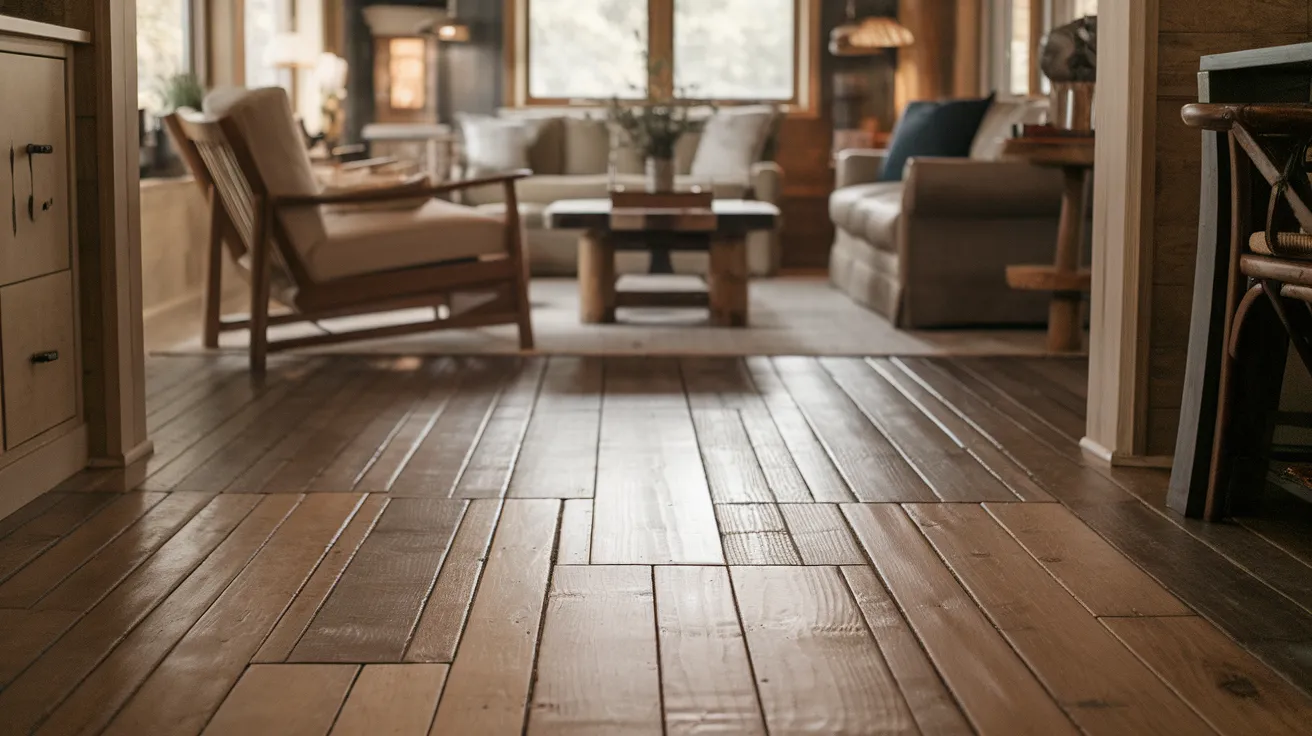
Random-width floors use boards of different widths, placed side by side. This creates a relaxed, natural look that feels warm and welcoming.
It’s a good choice for cabins, family rooms, or homes that have a casual style. The different board sizes add texture and make the floor feel less uniform, which can help hide small marks or wear.
Random width is easy to pair with many types of decor, and it adds just enough variety to keep things interesting without being too bold.
8. Bordered Layout
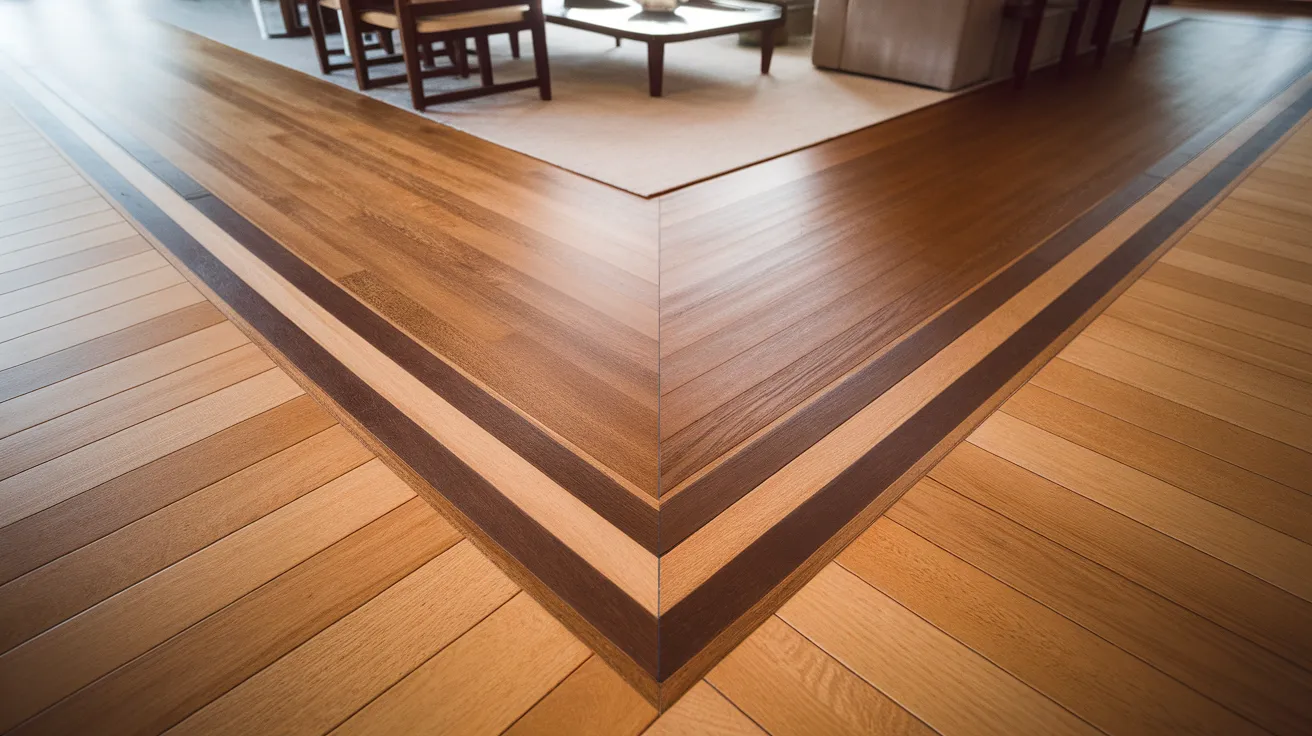
A bordered layout uses a straight or patterned frame around the edge of the room. The center of the floor is filled with a different pattern or direction.
This frame makes the room feel complete and gives it a finished look. It works especially well in large rooms, where the border helps define the space.
You can use the same wood in both sections or choose a slightly different shade to make the border stand out. This layout adds a special touch and helps focus attention on the floor.
9. Mixed Materials
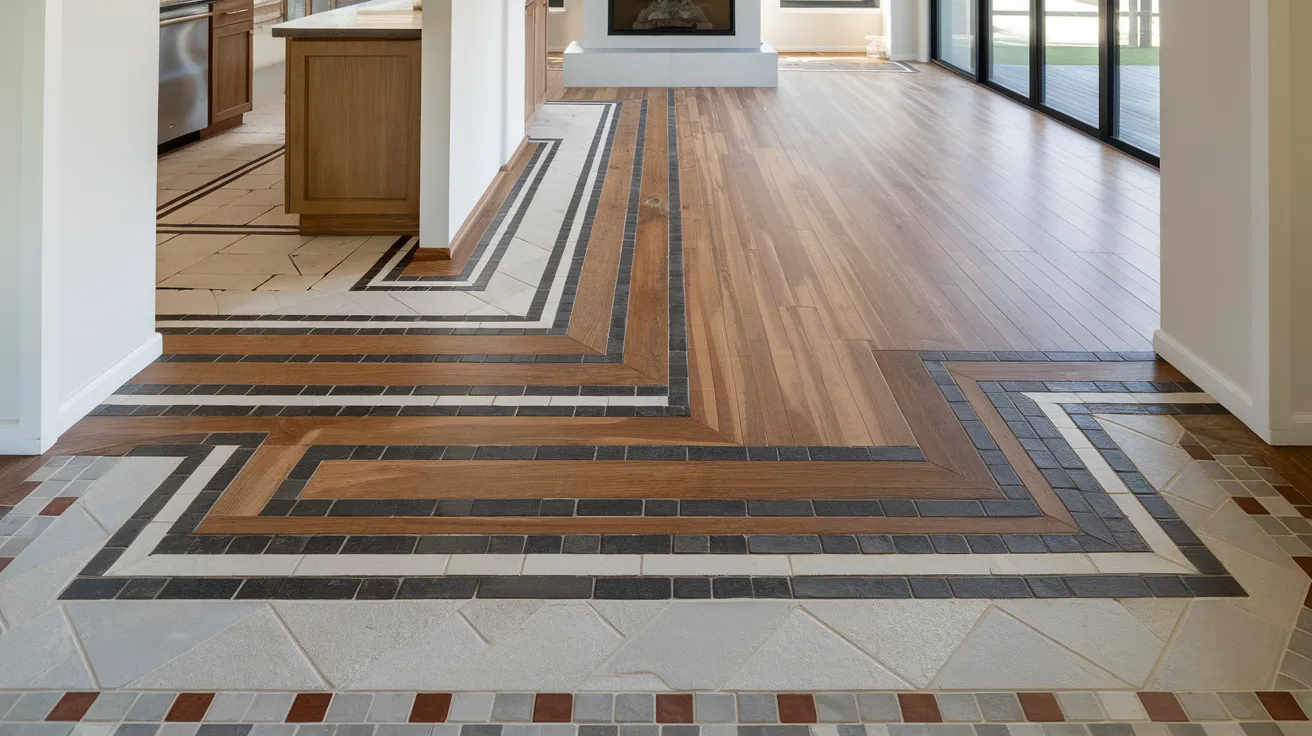
This style blends wood flooring with other materials like tile or stone. It lets you add shapes, edges, or designs to the floor.
Mixed materials are great for separating spaces in open floor plans, like marking the kitchen from the living area. It also works well near fireplaces or doorways.
This pattern is custom and creative, so it takes more time and planning. But it lets you show off your personal style in a fun and useful way.
If you want something truly different, mixed materials are worth a look.
10. End Grain Block
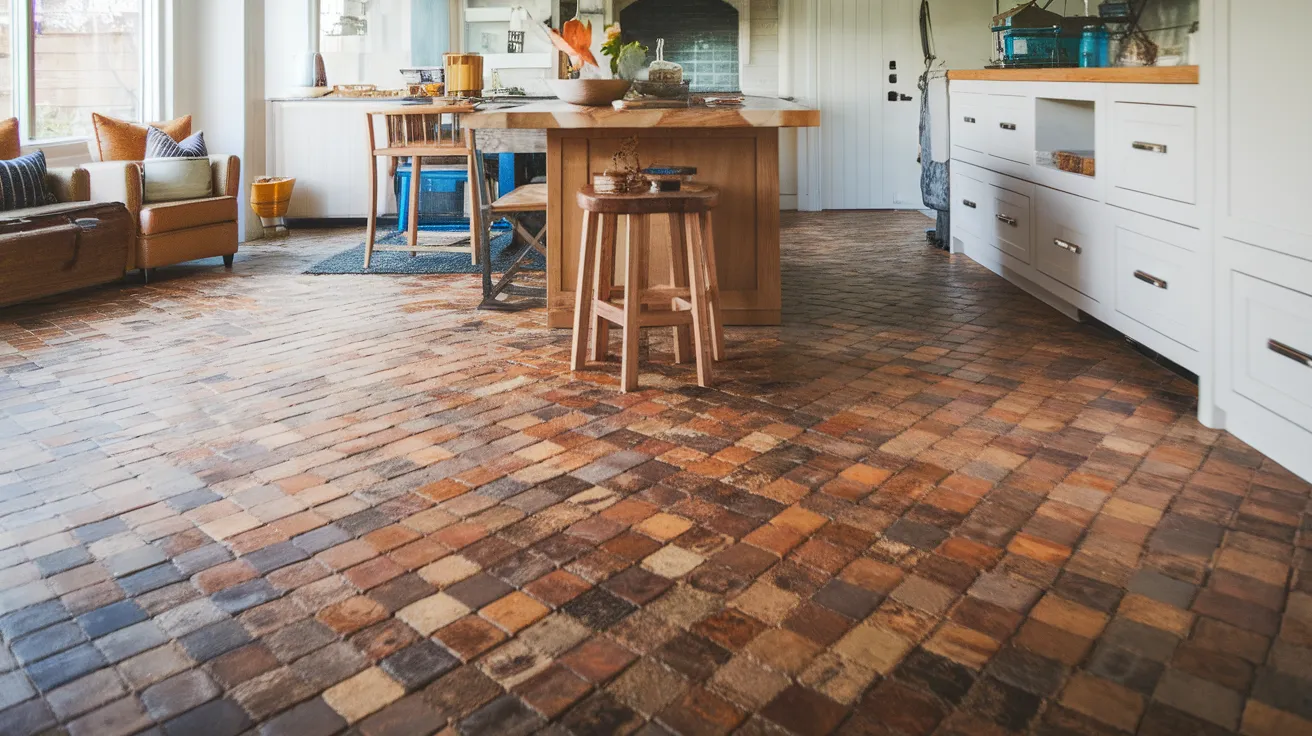
End-grain block flooring is made from the ends of wood pieces instead of the sides. This makes square blocks with a unique look and strong surface.
The pattern feels bold and full of detail. It’s great for areas with heavy use, like kitchens or playrooms, because it holds up well to wear.
The texture helps hide dirt and dents, too.
End-grain floors aren’t as common, so they really stand out. If you want something tough and one-of-a-kind, this pattern is a smart option.
11. Custom Inlays
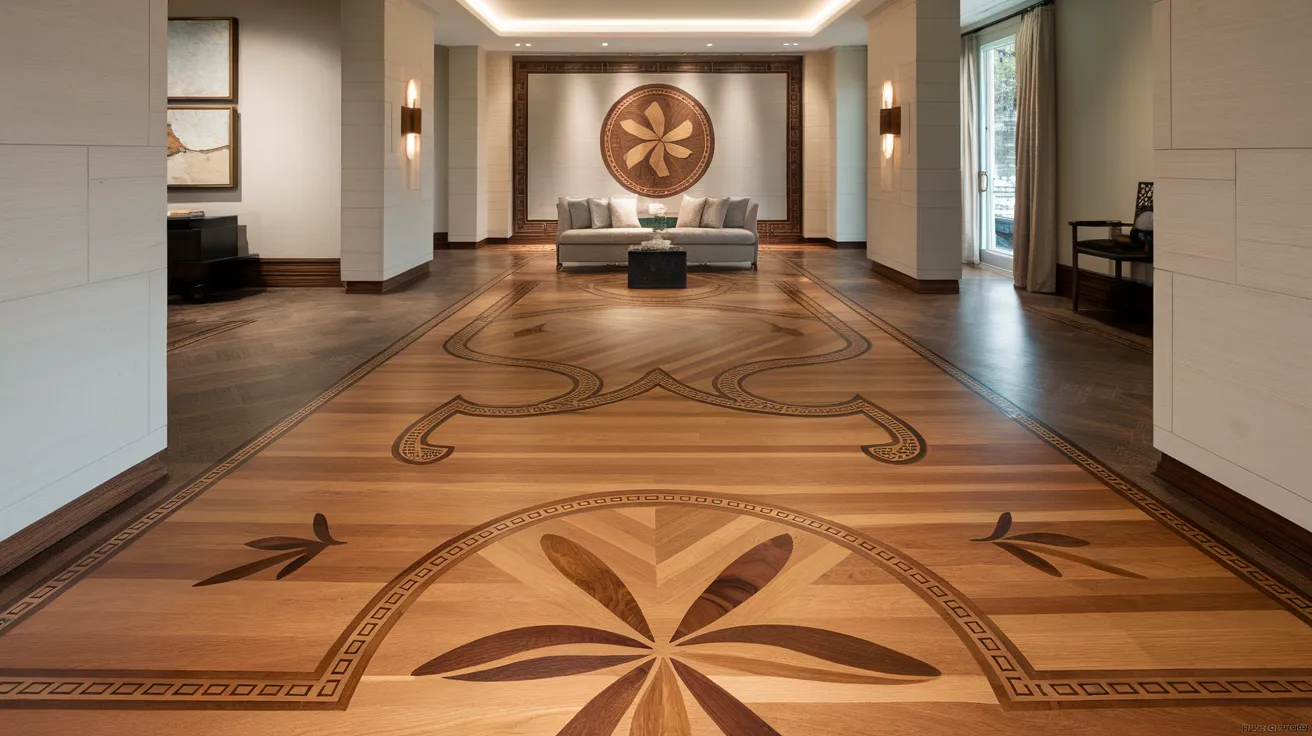
Custom inlays are special shapes or designs added to the floor. They can be borders, logos, or even pictures made from different wood types.
Inlays make your floor personal and unique. They work best in large rooms where the design has space to be seen.
Since every inlay is made to order, it takes a skilled installer and more time to complete.
But the result is a floor that truly feels like yours. If you’re looking for a statement piece or want to highlight part of a room, inlays are a great pick.
Tips for Choosing the Right Pattern
It’s not just about picking a pattern that looks good- you also want one that fits your space, style, and daily life. Before you decide, here are a few things to think about that can help you make the best choice for your home.
- Think about the room’s use: Busy spaces like kitchens or hallways do well with strong, simple patterns like straight lay or end grain.
- Match the pattern to room size: Chevron or diagonal layouts can make small rooms feel bigger and more open.
- Use bold patterns in larger rooms: Herringbone, parquet, or custom inlays work well when there’s more space to show them off.
- Check lighting and shape: Some patterns look better in bright rooms, while others add detail to dim or plain spaces.
- Pick a pattern that fits your style: Whether your home feels modern, classic, or relaxed, there’s a pattern that fits that mood.
- Consider maintenance and traffic: Some designs hide dirt and wear better than others-helpful if you have pets or kids.
- Keep your budget in mind: More complex patterns usually cost more and take longer to install.
- Test samples before choosing: Trying out a few boards can help you see how each one looks in your own space.
Conclusion
I hope these wood flooring patterns gave you some ideas for your space. Picking a pattern might seem like a small choice, but it can really shape how a room looks and feels.
Some patterns add detail, others create calm, and a few just make the room feel more “you.” That’s why it’s worth taking a little time to figure out what works best for your home.
You don’t need to follow trends or choose the most complicated design- just go with what feels right.
Think about how you use the space, how much light you get, and what kind of style you enjoy living in every day.
If you’re unsure, try a few samples and see how they look. Flooring is a big part of your home, and the right pattern can help everything come together.
I hope you feel more ready to take that next step with confidence.

